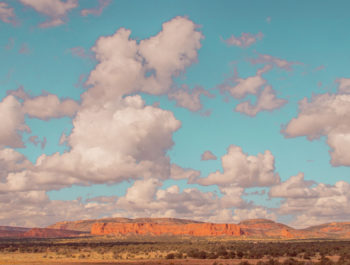The Artistic Profession
Introduction
Each profession has unique characteristics. Each profession has requirements. Art is no different. Just like any profession art has its own set of characteristics and requirements. We can call them tenets, rules, principles, concepts or some other word. What term we use is not important. What is important is learning what those requirements are and how they differ from those of other professions. What is important is knowing that art is not doing ‘whatever.’ Art, and being an artist, is doing specific things in a specific way. What those things are is the subject of this essay.
Different Professions, Different Characteristics
For many practitioners photography is a hobby. This means these practitioners have another profession. This also means that to create photographs they have to switch from practicing their profession to practicing art.
When someone switches from one activity, or one profession, to another, one must embrace the characteristics of this other profession. This is the case whether this move is temporary or permanent. One cannot carry with him the characteristics of their other profession. When practicing art one must adopt the characteristics of art even if it is only for a short time. Not doing so means bringing the characteristics of the other profession into art.
The problem is that the characteristics of this other profession do not apply to art. Therefore, using these characteristics will bring failure instead of success. Since I assume most art practitioners are seeking success, this adoption is a sine qua non requirement for success. For example, there is no point following engineering characteristics in the world of art just like there is no point following artistic characteristics in the world of engineering.
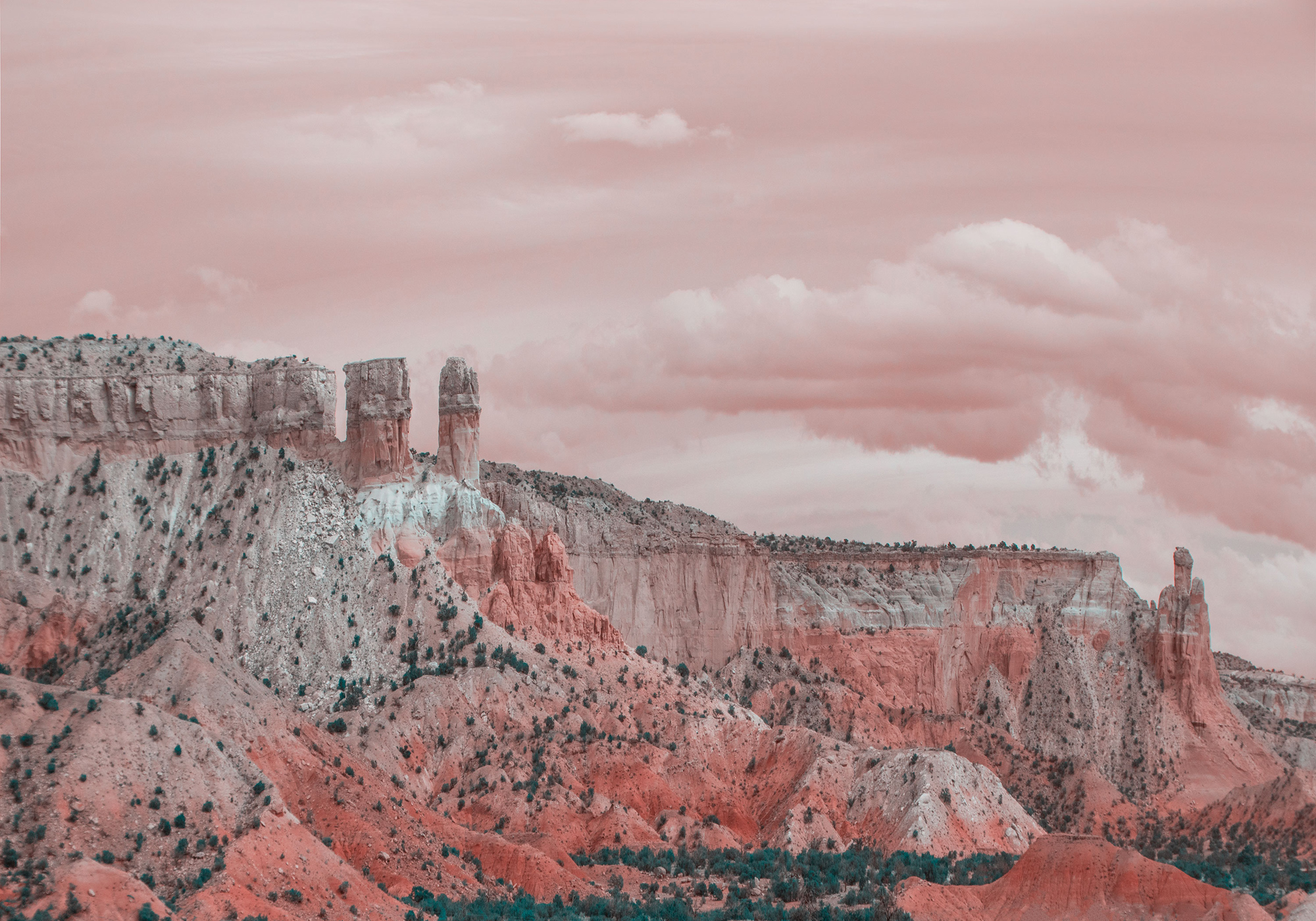
People Do Not Believe That Art Is A Profession
My business card says ‘Alain Briot, Artist.’ Most people who see it ask ‘what else do you do?’ or ‘what is your profession?’ They either believe that art cannot be my only income producing activity or that Artist is not a profession. Hidden in their question is the belief that one cannot make a living from art alone. However, when the same people get the business card from other professionals, they believe that what is written on the card is their profession and that their income is generated entirely from this profession.
People also assume that artists must make 100% of their income from the sale of their work otherwise they are not ‘real’ artists. Fact is that there are many ways a professional can generate income doing things other than what their profession is. Doctors teach medicine, but they also write about medicine, give paid lectures at various venues or testify in court about cases in which a medical expert is necessary. I know an engineer who designs car remote controls and also works as a security consultant because his knowledge allows him to help people fight remote control hackers. In addition, most professionals teach or have the potential to teach.
Artists are no different. Besides selling their work most artists sell products other than photographs, publish writings about photography, do consulting about art, or teach. Because art sales are fickle and highly dependent on a solid economy, artists are well advised to seek sources of income from products or services that are needs rather than wants. Because retirement in the art is self-funded, artists cannot depend on a stipend from their employer when they stop working. For this reason, artists need to seek residual income sources such as stock market investments, rental units, royalties, paid partnerships in companies or a combination of all four.
Teaching
However there are challenges to the income sources I just mentioned. For example, knowing how to do something, in this case knowing how to create art, does not automatically imbue someone with the ability to teach what they do to others. Practice of an artistic medium does not automatically give someone the skills necessary to teach this medium to others. It is not necessary to know how to teach to be a good artist. However, it is necessary to know how to teach to be a good teacher.
To teach well artists have to learn how to teach. Teaching is its own profession and like any profession the skills required to practice it are not innate. These skills are not in our DNA. They have to be learned. Most artists do not learn how to teach, they just decide to teach and ‘wing it.’ Usually, their work impresses the audience enough for potential students to assume that great art means great teacher. Unfortunately, this is rarely the case.
The same caveat applies to the other income sources I mentioned. If income from these sources is wanted, it means the artist has to acquire skills unrelated to art. It also means being able, and willing, to successfully face the challenges and assume the requirements specific to each activity.
Amateurs and Professionals
When a photographer makes the shift from amateur to professional the stakes increase disproportionally. A professional has much more to lose than an amateur because they are much more invested. As an amateur one has little to lose. As a professional one has everything to lose. Being a professional means making a living from photography. It means creating and protecting a positive business image so that people respect us, want to do business with us, buy our work, read our essays, or attend our workshops. It also means developing peer to peer relationships with other professionals, something which is not necessary as an amateur. For most amateurs the relationship with professional photographers is limited to attending workshops or making submissions for publications or shows. As a professional this relationship needs to extend into business partnerships.
The move from amateur to professional has other implications. Being an amateur means enjoying photography as a day-to-day activity according to a schedule we set for ourselves. Once we become professionals, we have to set a schedule to make sure everything gets done in a timely fashion. Photography is no longer only about creating photographs. It is also about business. Things that have no place in the life of an amateur become crucial to the life of a professional. Making a profit is first on the list. This means knowing how much a product or a service cost to produce, how much to sell it for, and how much is left when you subtract expenses from profits. If we sell our photographs, it means registering for art shows and preparing inventory. If we sell workshops, it means designing itineraries, preparing syllabuses and lesson plans, and getting permits for the different parks we will visit. Whether we sell products, services or both, it means marketing our business so that people are aware of what we offer and know who we are. It means investing money in our business and not just spending money according to our heart’s desire. For example, buying the latest camera with all the bells and whistles may be less important than investing in a software package that allows us to keep track of our inventory, invoices and customers information so that we have everything in the same place and can find the information we need quickly. As a professional business comes first.
Artists and Finances
In the business world, financially successful entrepreneurs are respected and congratulated by their peers. In the art world, financially successful artists are frowned upon and looked at with suspicion. This is because the assumption is that artists are financially unsuccessful, and that if an artist is financially successful, they must be ‘corrupt’ or have ‘sold out’ in one way or another. Fact is some artists are poor, some artists are wealthy, and some artists are corrupt but that is no different than in any other professional activity. One finds this situation in any profession. Artists do not have to be corrupt or have sold their soul to succeed. They just need to have common sense, learn salesmanship and marketing, work hard, save money instead of spending it blindly, and follow sound business practices.
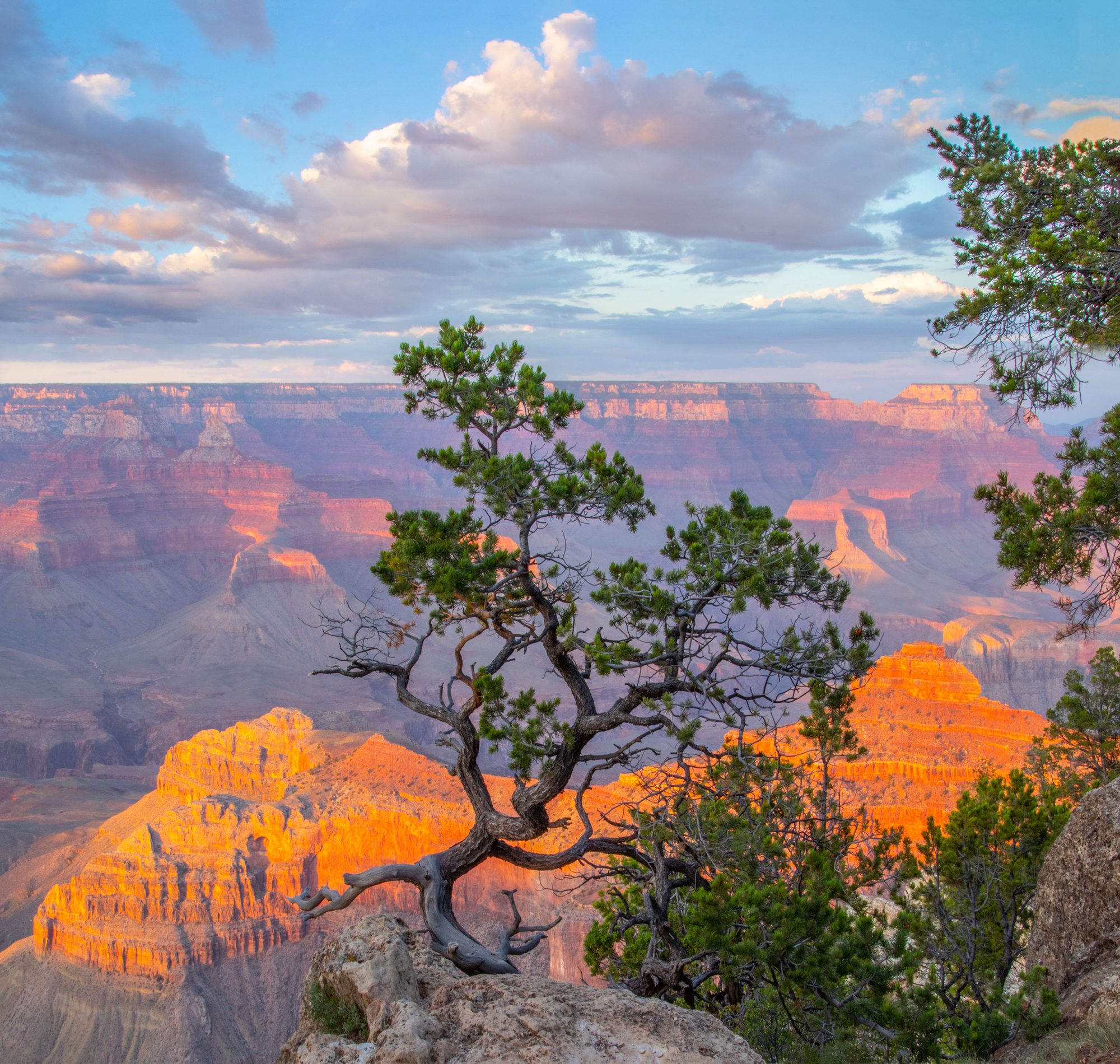
What Motivates Artists?
Most artists are motivated by the desire to create art. They are not motivated by the desire to generate income. When they get up in the morning, their goal is to create the most beautiful work they can possibly create and impress their audience with their skills. While they are aware that money is necessary to live and pay for their expenses, the desire to make money from their work is a secondary consideration, one that comes about, if it does, because of necessity rather than desire. For photographers, generating income from their work is less important than creating the most perfect and beautiful photographs possible.
In other words, artists go into business because they have to, not because they want to. The decision to create art is not a rational decision. It is an emotional decision. Artists do not attend business school and, after graduation, decide to start a photography business because photography is the key to a profitable business future. Artists start a photography business because they get to the point where selling their work is necessary to generate revenue to continue creating art.
I know what I am talking about because I went through the process I just described. My goal was to create art, not make a living from selling it. My purpose was to create the most amazingly beautiful photographs possible. Not to create a sellable product. I read magazines that focused on artistic photography. I did not read magazines focused on business or entrepreneurship. While these magazines published the work of photographers who were financially successful, I paid no attention to this fact. I only looked at the quality of the images, at their creative qualities, at how unique they were, at the angles of view, the lighting conditions, the framing, and other artistic qualities. I paid close attention to the camera and the lenses these photographs were taken with.
Most artists are like that. They love looking at art and reading about the creative process of other artists. When they show their work, their goal is to connect with other like-minded individuals, either artists or admirers of their work. Even though they are destitute financially, sales are a secondary concern, if they are a concern at all. Sharing their art, socializing, and talking to people about their work is the primary source of enjoyment.
For this reason, these artists have a difficult time understanding why some people do not like their work or why they do not share their excitement. How can they not? Their work is so beautiful and their passion so intense! The fact that people have a different taste in art than they do does not cross their mind. Therefore, they engage in long explanations about why their work is legitimate, why it is art, and why their interlocutor needs to take a second look in order to see the beauty, the inspiration, and the artistic quality of their images. They spend a lot of time and energy only to hear their interlocutor respond with a brief ‘I’ll think about it.’ Fact is this interlocutor’s mind was made up when they first approached the artist and took a glance at their work. They have no desire whatsoever to change their mind.
Artists waste a lot of time trying to convince the un convince-able, time they could spend helping people who like their work like it even more and eventually buy it. But again, selling is not their primary concern. Sharing their work and trying to make everyone love it is their goal.
In short, they have zero concern for income or for the marketability of their images. Of course, it means they have no knowledge of salesmanship either. Why would they? There is no reason for them to be interested in learning how to sell their work because they have no interest in selling their work. Plus, they believe that their work does not need to be sold. They believe that it is so beautiful that it will sell itself. Somehow their work will sell once it is good enough. Eventually, they will become famous and people will buy their work because of that. Their time will come, sometime, somehow, for reasons unknown.
Becoming famous is their marketing plan. It is plan A. There is no plan B. If things do not work out depression is the outcome. Unfortunately, things rarely work out. Success is not immediate. Failure is often the first outcome of a new venture. Success is the result of trying time and time again.
The outcome of this state of mind is that a lot of artists end up being disillusioned and angry. Rather than realize that they need to take control of their own destiny, they resent people’s lack of interest for their work. Instead of understanding that ‘becoming famous’ is not a sound business plan, they continue to believe that creating better work is the way to success. Instead of investing in marketing and salesmanship courses, they invest more money into camera gear and art supplies. No wonder few artists become financially successful.

About Salesmanship and Frustration
Professional photographers are for the vast majority self-employed. This means they we have to find their own customers. It also means they have to know how to sell them their products or services. In short, this means that knowing how to sell is primordial. Without this knowledge, one thing will happen in regards to sales: nothing.
Artwork does not sell itself. Artists have to use salesmanship to sell their work. The problem is that salesmanship is frustrating when you are not good at it. This is not surprising. Any activity is frustrating if you have no training and no experience. Take fencing, baseball, tennis, trapeze acts, or any other sport or activity, for that matter. If you do not know how to do it and you play with an experienced practitioner, you will quickly get tired of losing. If you practice fencing, you will get tired of getting hit by the epée or the fleuret. If you play baseball, you will get tired of not being able to catch or hit the ball. If you play tennis, you will get tired of seeing the ball whizz by you, send it into the net, or keep it within the limits of the court. And if you try to perform a trapeze act, chances are you won’t even be able to reach the trapeze, let alone hold on to it. Fact is, if you pursue any professional activity without proper training, losing will become the expected outcome, leading to the desire to avoid engaging in the activity.
However, if you study, practice and take lessons, you will soon develop the necessary skills, get better and start to be successful. As a result, the activity will become fun. Instead of losing all the time, you will start to win because of your newly acquired skills. As time goes by and as your experience increases, you will start winning more and more frequently. Eventually you will become a master and success will become an expectable event.
This will take time of course but the idea is that the skills required to practice a professional activity are learned, not innate. These skills are not in our DNA. We are not born with them. We have to acquire them through study and practice. Learning salesmanship and marketing is not any different from learning fencing, baseball, tennis, trapeze or other. Except in one regard. While you can decide to quit fencing, tennis, trapeze or baseball if you are not good at it right away, you cannot quit doing salesmanship and marketing if you are a professional artist because the financial success of your business depends on it. You have to continue selling and if you do not acquire the required skills the lack of sales will become so frustrating that the very idea of having to talk to a customer to make a sale will give you the creeps.
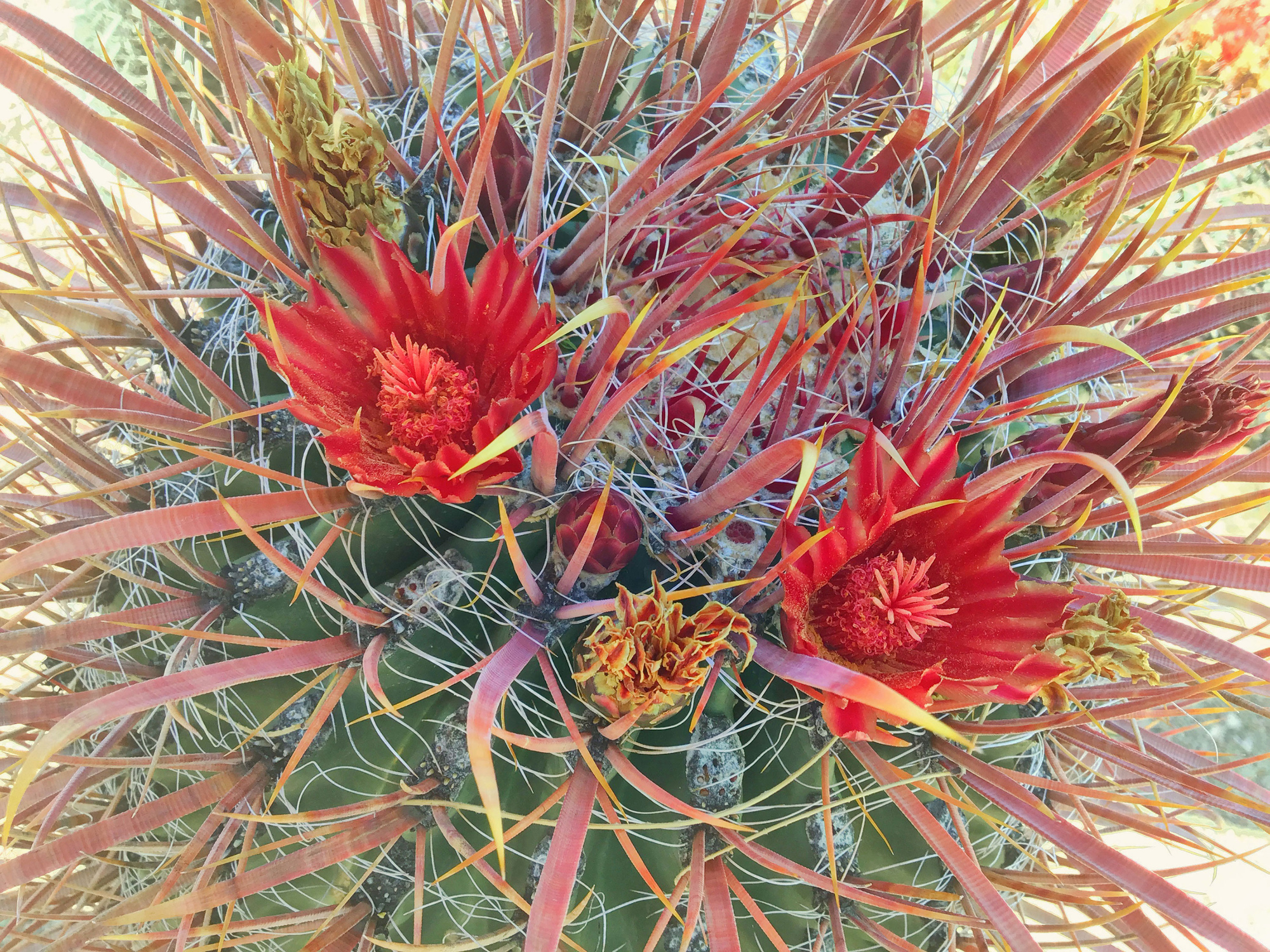
People Overthink The Selling Process
Being able to sell is an inherent part of being a professional photographer. Having salesmanship skills is essential to running a profitable photography business. The problem is that most people who are new to selling do not see themselves as salespeople. They see themselves as customers who have to make a sale. They approach the selling process from a customer’s perspective, not from a salesperson’s perspective.
This is a problem because most customers resent being sold to. They resent having offers made to them and they resent being asked to buy something. Therefore, when they become salespeople, they do not want to do to their customers what was done to them.
That’s nice but the outcome is that they cannot sell anything because things are sold by asking people if they want to buy them. You can adapt the selling process to your personality but you cannot ignore the selling process. This process has several steps and it relies on using fundamental salesmanship techniques. You have to follow the process and you have to use these techniques. You can interpret both process and techniques and adapt them to fit your specific situation and personality, but you cannot throw both of them out of the window. You cannot act as if selling was going to happen automatically because customers like you or your product. You have to ask for the sale no matter what. If you do not ask for the sale one thing will happen: nothing.
Another problem is that many artists overthink how people are going to perceive their question when they ask for the sale. They believe it will be seen negatively, as an attempt to force the customer to make a purchase. This thinking is unnecessary. There is no need to predict how a customer will react. All you have do is ask for the sale and let the customer respond. More often than not customers will respond positively when asked if they want to buy something. If they are not ready to buy, they will let you know. As a professional artist an important aspect of your job is asking for the sale. This is what salespeople do and this is what you need to do.
Conclusion
Art is about enjoyment and pleasure. Enjoying art brings pleasure. However, not everyone has the same skills, the same talents, the same gifts. Not everyone is a musician yet we all like to listen to music. For those who do not play music listening to others who do, to professional musicians, is a source of pleasure. For those who do not paint, enjoying the work of painters is a source of pleasure. For those who do not photograph, enjoying the work of professional photographers is a source of pleasure.
There is a belief out there that anyone with a camera is a photographer. This belief contends that having a camera magically makes one a photographer. Fact is owning a camera does not magically make you a photographer any more than owning a guitar, a saxophone or any other musical instrument magically makes you a professional musician.
The same is true of other professions. Owing a saw does not make you a professional woodworker. Owning a set of wrenches does not make you a professional mechanic. Owning tools, regardless of the activity they are related to, does not make you a professional, period. What makes someone a professional are not the tools they own but the skills they acquired through learning, study and practice. As one of my competitors often said when asked how he creates his photographs: 5 years of study and 25 years of practice. This tongue-in-cheek statement has more truth to it than meets the eye.
Ideas For Reflection or Discussion
– What do you think are the most important aspects of the artistic profession?
– What is your main challenge when you sell your work?
– What do people say when you tell them you are an artist?
– What other aspects of being an artist would you add to the list featured in this essay?
About Alain Briot
I create fine art photographs, teach workshops with Natalie and offer Mastery Tutorials on composition, image conversion, optimization, printing, business and marketing. I am the author of Mastering Landscape Photography, Mastering Photographic Composition, Creativity and Personal Style, Marketing Fine Art Photography and How Photographs are Sold. All 4 books are available in eBook format on our website at this link. Free samplers are available so you can see the quality of these books for yourself.
You can find more information about our workshops, photographs, writings and tutorials as well as subscribe to our Free Monthly Newsletter on our website. You will receive 40 free eBooks when you subscribe.

Studying fine art photography with Alain and Natalie Briot
If you enjoyed this essay you will enjoy attending a workshop with us. I lead workshops with my wife Natalie to the most photogenic locations in the US Southwest. Our workshops focus on the artistic aspects of photography. While we do teach technique, we do so for the purpose of creating artistic photographs. Our goal is to help you create photographs that you will be proud of and that will be unique to you. The locations we photograph include Navajoland, Antelope Canyon, Monument Valley, Zion, Death Valley, the Grand Canyon and many others. Our workshops listing is available at this link.
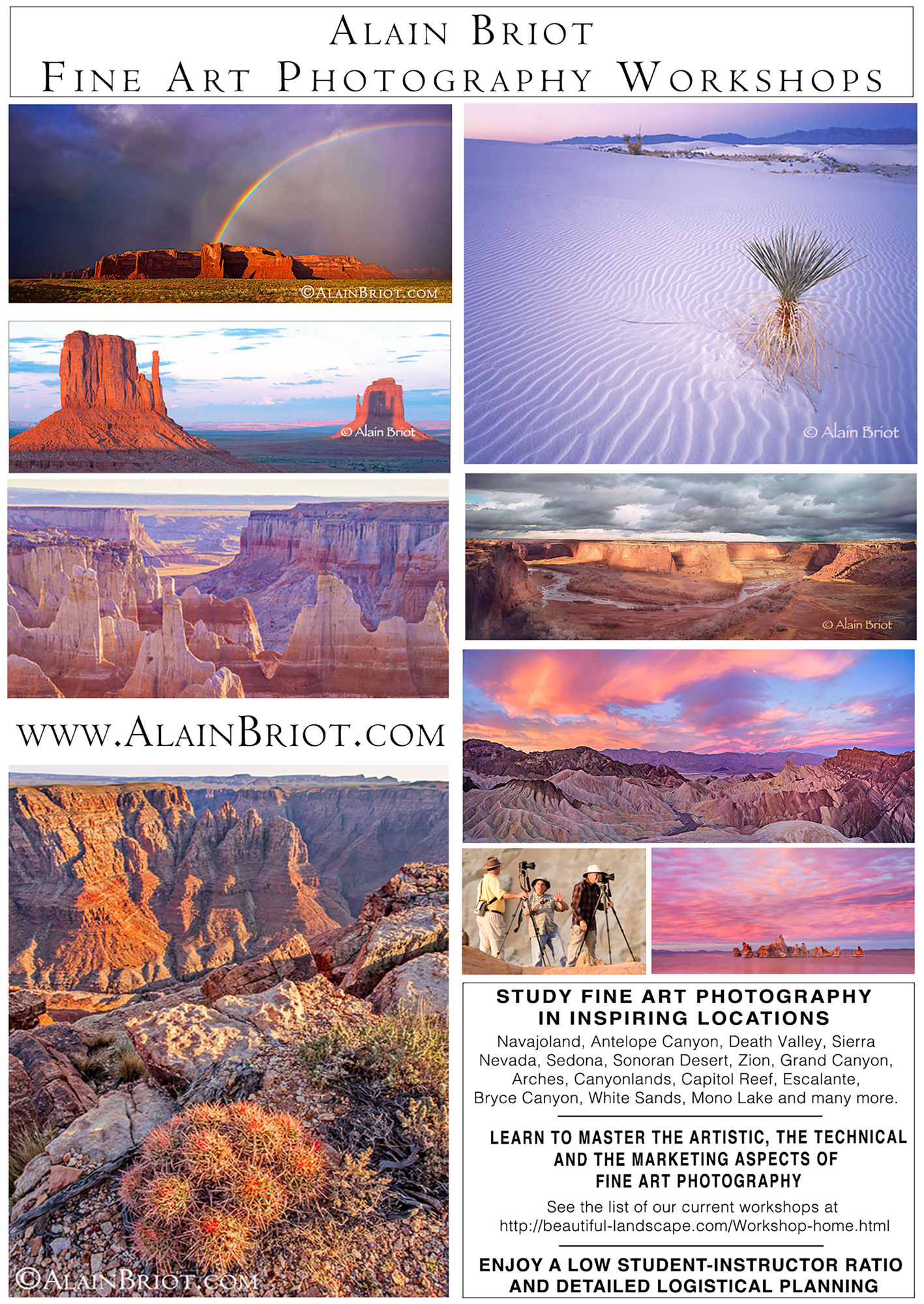
Alain Briot
December 2021
Glendale, Arizona
Author of Mastering Landscape Photography,Mastering Composition, Creativity and Personal Style, Marketing Fine Art Photography, and How Photographs are Sold. http://www.beautiful-landscape.com [email protected]







